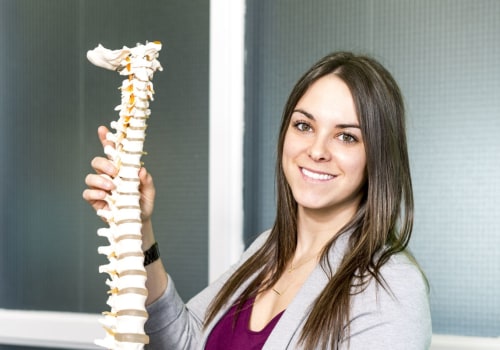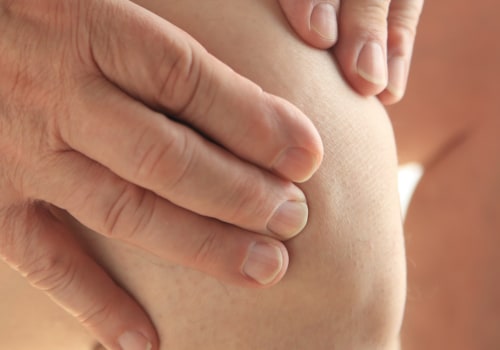In addition to the usual “wear and tear arthritis” in older people (osteoarthritis), osteopaths can help with the treatment of all types of arthritis, such as rheumatoid arthritis, ankylosing spondylitis, psoriatic arthritis and other autoimmune or inflammatory arthritis to relieve pain and joint mobility. can help with the treatment of all types of arthritis, such as rheumatoid arthritis, ankylosing spondylitis, psoriatic arthritis and other autoimmune or inflammatory arthritis to relieve pain and joint mobility.
osteopathy
is an approach that some people use to treat symptoms of arthritis. The information below will help you better understand this therapy, if it can help with your arthritis symptoms, and how to find a provider. Research shows that manual therapy, such as osteopathy, can relieve pain, increase flexibility, and improve the quality of life for people with osteoarthritis.This is reflected in NHS guidelines that recommend manual therapy (stretching and manipulation), along with exercise, weight loss and pain relievers to control symptoms. There is no cure for arthritis, however, osteopathic treatment can do a lot to reduce pain, relieve swelling, and improve joint mobility and range of motion. Treatment focuses on eliminating symptoms through early diagnosis and improving lifestyle to prevent further degeneration. Although osteopathy has been practiced for more than a century, more research is needed to determine if it is useful in treating arthritis symptoms.
If you are interested in trying osteopathy to treat symptoms of arthritis, first talk to your doctor or rheumatologist to determine if it might be a suitable adjunctive treatment option for you. Osteopathy focuses on the idea that multiple layers of the body, including soft tissue, muscle, and bone, can cause or complicate disease when they are not aligned. An osteopath or manual osteopath uses his hands to manipulate joints, spine and muscles to improve circulation and affect the body's nervous and lymphatic systems. Osteopaths can use a variety of techniques to achieve this, depending on the individual's situation.
An osteopath will release muscle tension around the affected joint, improve range of motion, and promote better joint health by promoting blood and lymph flow to and from the area. Many of my osteopathic patients bring x-rays or MRIs that show “wear and tear” or “degenerative changes” in one or more of their joints. Research shows that manual therapy, such as osteopathy, can relieve pain, increase flexibility, and improve the quality of life for people with osteoarthritis*. The titles “osteopath” and “osteopathic doctor” are protected terms in many regions of Canada, meaning that only someone who has received the appropriate training can use those degrees.
However, arthritis always follows the same degenerative process, so an osteopath would apply similar principles when treating any joint. An osteopathic manual therapist uses practical therapy focused on improving the patient's circulation and mobility, reducing pain, and improving the overall function of their body.







